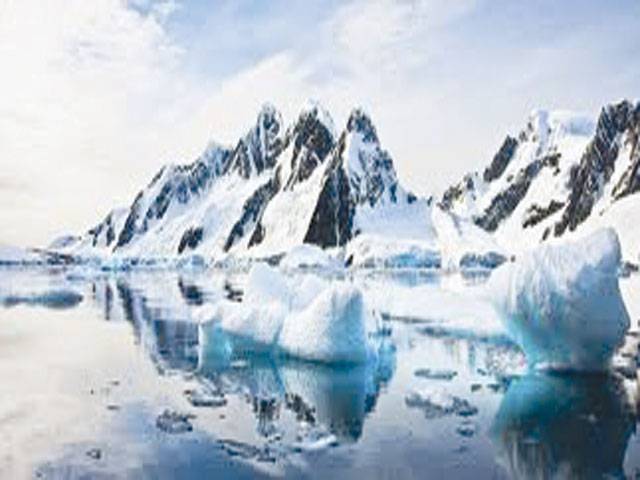BBC
EDINBURGH
The animation shows the ebb and flow of sea-ice thickness and area during Cryosat’s time in orbit.
Thirty years ago, there were perhaps 30,000 cu km at the height of winter.
While there has been a great deal of attention focused of late on the falling extent (area) of sea ice in the Arctic, especially during summer months, researchers emphasise that it is volume that provides the most reliable assessment of the changes now underway in the northern polar region. The provisional Cryosat data was presented here at Esa’s Living Planet Symposium in Edinburgh, UK.
Prof Andy Shepherd, from Leeds University, said: “Now that we have three years of data, we can see that some parts of the ice pack have thinned more rapidly than others. At the end of winter, the ice was thinner than usual.”
Although this summer’s extent will not get near its all-time satellite-era minimum set last year, the very thin winter floes going into the melt season could mean that the summer volume still gets very close to its record low,” he told BBC News.
And Rachel Tilling, who is working through the data at University College London (UCL), added: “Cryosat will be able to confirm whether or not a minimum volume was reached this summer once the ice starts to refreeze in the Autumn.”
Cryosat was launched by the European Space Agency in 2010.
It is what is known as an altimetry mission, using advanced radar to measure the difference in height between the top of the marine ice and the top of the water in the cracks, or leads, that separate the floes.
From this number, scientists can, with a relatively simple calculation, work out the thickness of the ice. Multiplying by the area covered by ice gives a volume.
The volume of sea ice in the Arctic hit a new low this past winter, according to observations from the European Space Agency’s (Esa) Cryosat mission.
During March/April - the time of year when marine floes are at their thickest - the radar spacecraft recorded just under 15,000 cu km of ice.
In its three years of full operations, Cryosat has witnessed a continuing shrinkage of winter ice volume. It underlines, say scientists, the long-term decline of the floes.
Thursday, April 18, 2024
Arctic ice volume ‘hits new low’

Mehwish Hayat says she would like to work with Aamir Khan
9:59 PM | April 18, 2024
'That'll be awesome,' Rohit Sharma on idea of Pakistan vs India Test series
9:17 PM | April 18, 2024
Turkiye commends Pakistan's efforts in fostering regional peace
9:03 PM | April 18, 2024
CM Maryam's security squad hits biker to death in Narowal
9:02 PM | April 18, 2024
Hafiz Naeemur Rehman sworn in as new emir of Jamaat-e-Islami
8:54 PM | April 18, 2024
Hepatitis Challenge
April 18, 2024
IMF Predictions
April 18, 2024
Wheat War
April 18, 2024
Rail Revival
April 17, 2024
Addressing Climate Change
April 17, 2024
Justice denied
April 18, 2024
AI dilemmas unveiled
April 18, 2024
Tax tangle
April 18, 2024
Workforce inequality
April 17, 2024
New partnerships
April 17, 2024
ePaper - Nawaiwaqt
Advertisement
Nawaiwaqt Group | Copyright © 2024





